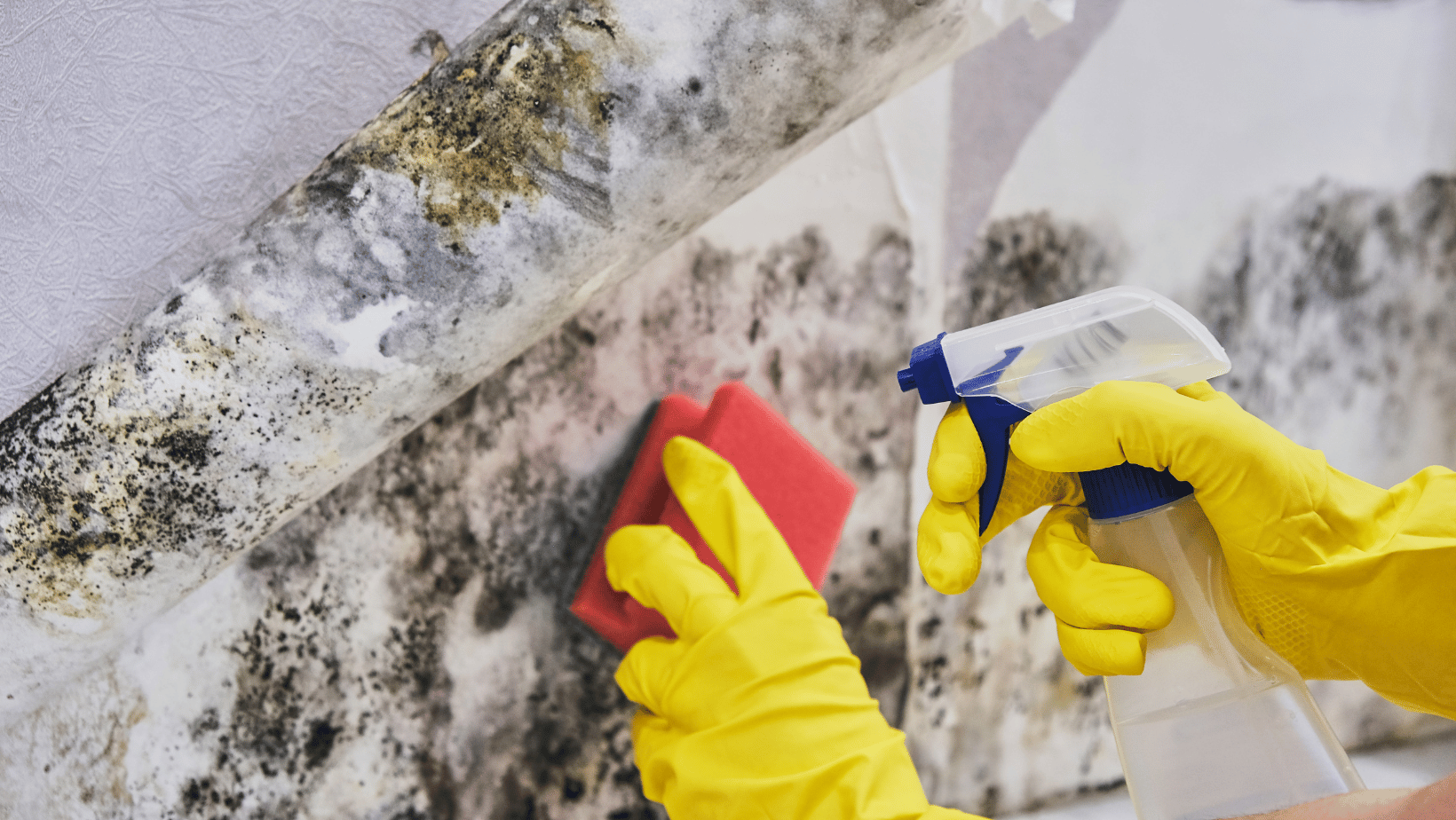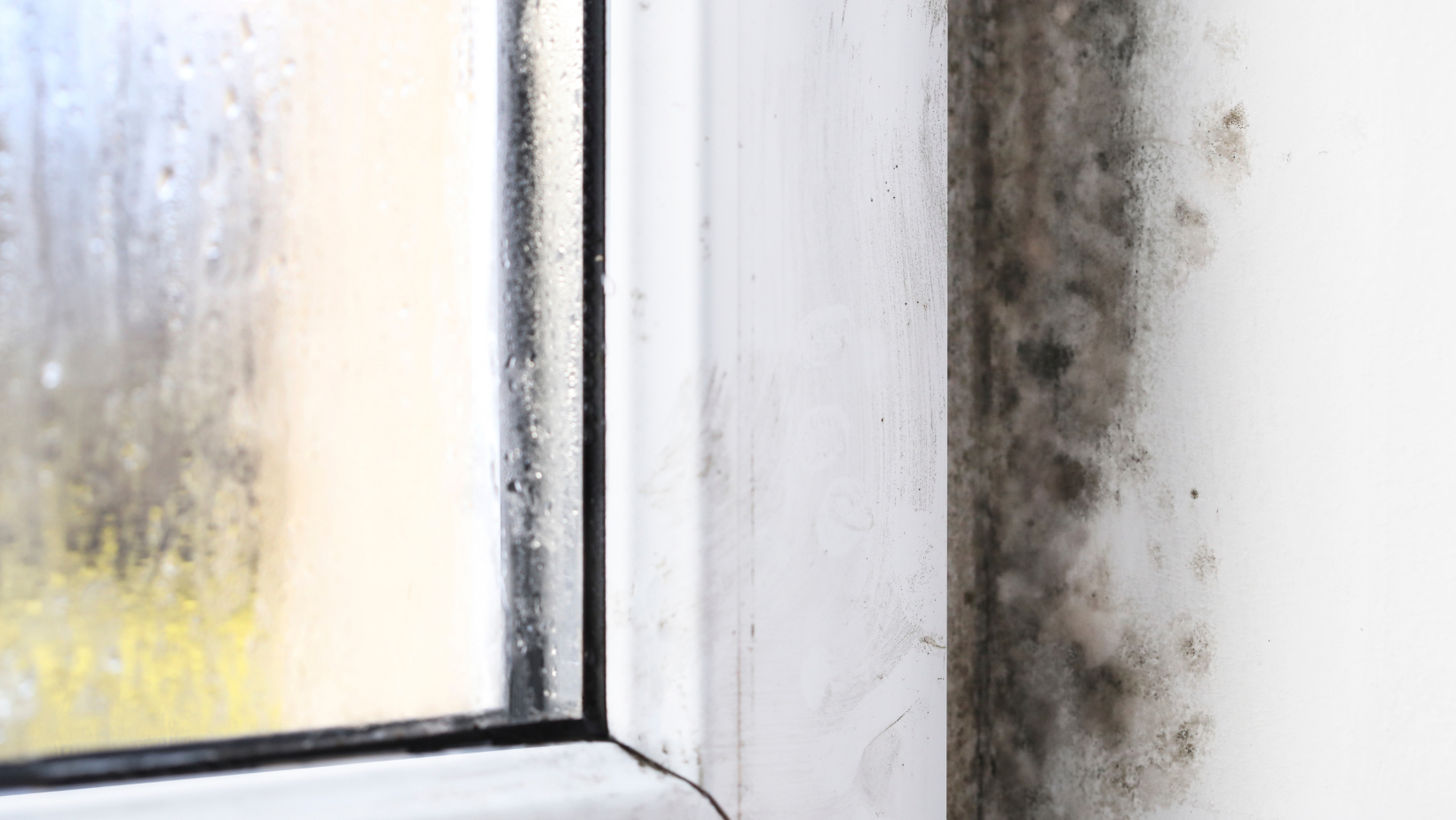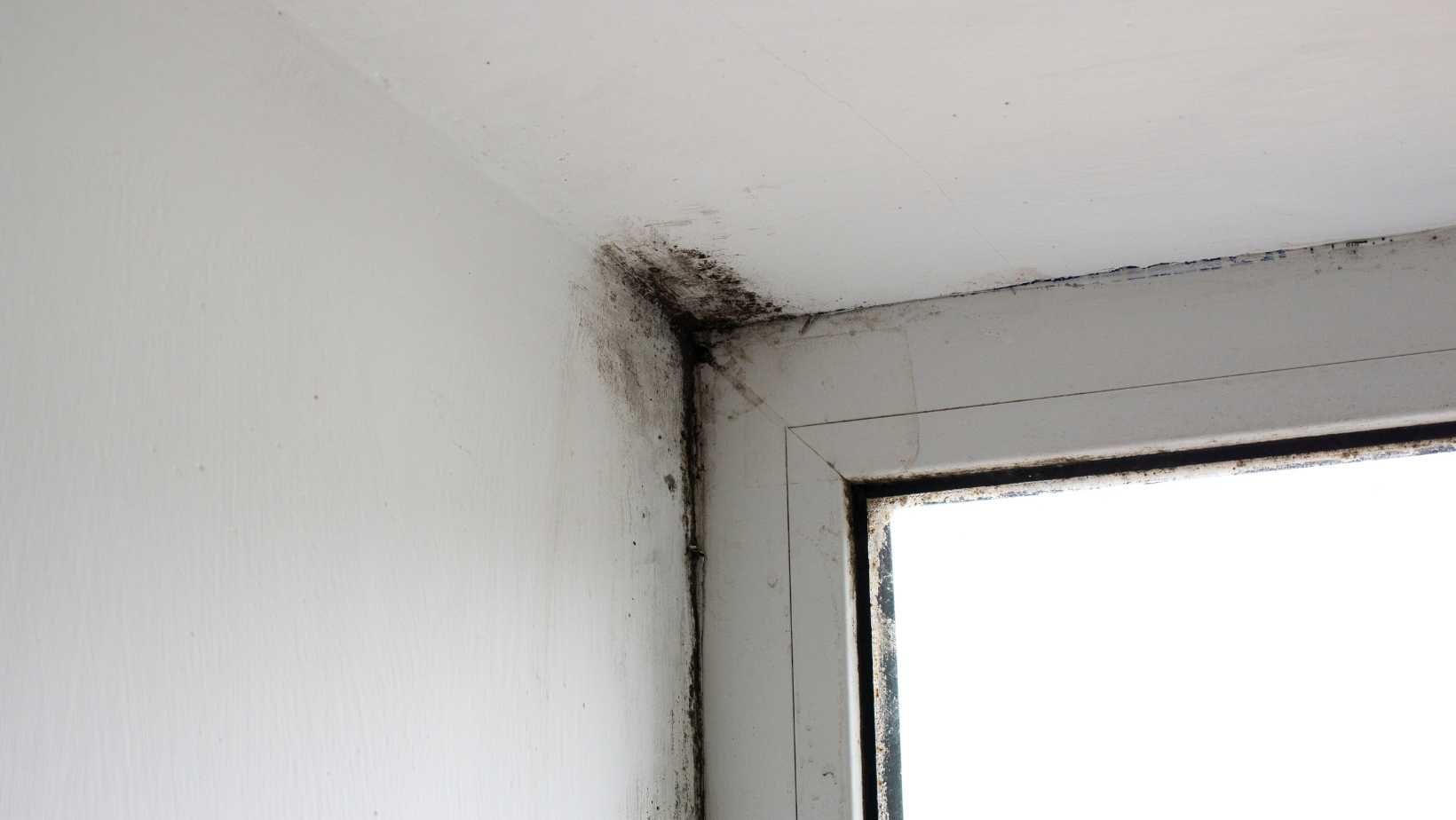Prevent Mold On Your Crawl Space Floor Joists
Crawl spaces are notorious for being damp and musty places. This has an impact not just on the space's environment, but also on the materials used to construct it. Crawl spaces with poor air circulation and high humidity or moisture become breeding grounds for mold. Mold is an opportunistic organism because of its capacity to spread quickly under the appropriate conditions. Mold will take advantage of every opportunity to grow. The floor joists, often known as the " crawl space ceiling," are one of the most susceptible areas of your crawl space.
Mold on and around crawl space floor joists may be avoided in many cases. The raw wood used to construct floor joists has the ability to absorb a lot of moisture. The easiest approach to avoid mold on floor joists is to keep the area as dry as possible. There are several approaches you may use to do this. When it comes to avoiding mold on crawl space floor joists, adding a few extra activities to your usual home care routine may make a big impact.
Mold on Crawl Space Floor Joists: What Causes It?
The usual floor joist is made of unfinished wood, as previously stated. This implies that any moisture, whether from high humidity, leaks, or other sources, can penetrate into the wood and cause significant moisture damage. Mold can develop as a result of moisture damage in as little as 24 to 48 hours. While protecting your crawl space floor joists from mold may seem daunting, it is something that must be done for the overall health of your property. Crawl spaces, in general, hold more moisture than other parts of your house. On the plus side, mold on crawl space floor joists can typically be efficiently cleaned without requiring the joists to be completely removed and replaced.
Prevent Mold On Crawl Space Floor Joists
Mold on crawl space floor joists can be produced by a variety of factors. Mold may grow in exposed crawl spaces due to excessive humidity, condensation, leaking, and even moisture from the ground. There are several things you can do to keep mold from growing on your floor joists. Let's take a deeper look at some of the options:
- Ventilation: Poor, inefficient ventilation and air circulation are common problems in crawl spaces. To guarantee that the air continues to flow, just add ventilation and fans throughout the area. This prevents moisture from penetrating porous construction materials such as your floor joists.
- Dehumidifier: If increasing ventilation isn't enough, you may need to use a dehumidifier to remove as much extra moisture as possible. Humidity levels in a crawl space, or any other part of the house should be kept between 35 and 50 percent at all times.
- Checking for Deterioration on a Regular Basis: Every few months, you should inspect your foundation walls for leaks, cracks, or any other indicators of damage. Staying on top of this helps you to nip any possible harm in the bud, preventing it from spreading and becoming more serious. Any cracks should be sealed as soon as possible. Slow leaks can be as harmful as, if not more so, than more severe water damage. Keeping your foundation in good shape can assist you prevent allowing excess moisture into the room, which might harm your floor joists.
- Vapor Barrier:
For crawl areas that are exposed, a simple vapor barrier can be installed. Moisture from the exposed soil will be kept out of your crawl space and away from your floor joists as a result of this. While it may appear to be a minor change, it may make a significant effect.
In an ideal world, we would be able to prevent mold from growing on our crawl space floor joists before it occurs. There are, however, times when this is not the case. If you detect what appears to be mold on your floor joists, a
local expert mold remediation business in your Louisiana area can provide safe and effective mold cleanup services, leaving your floor joists in better condition than they were before.
You might also like
DryMax Mold Blogs




